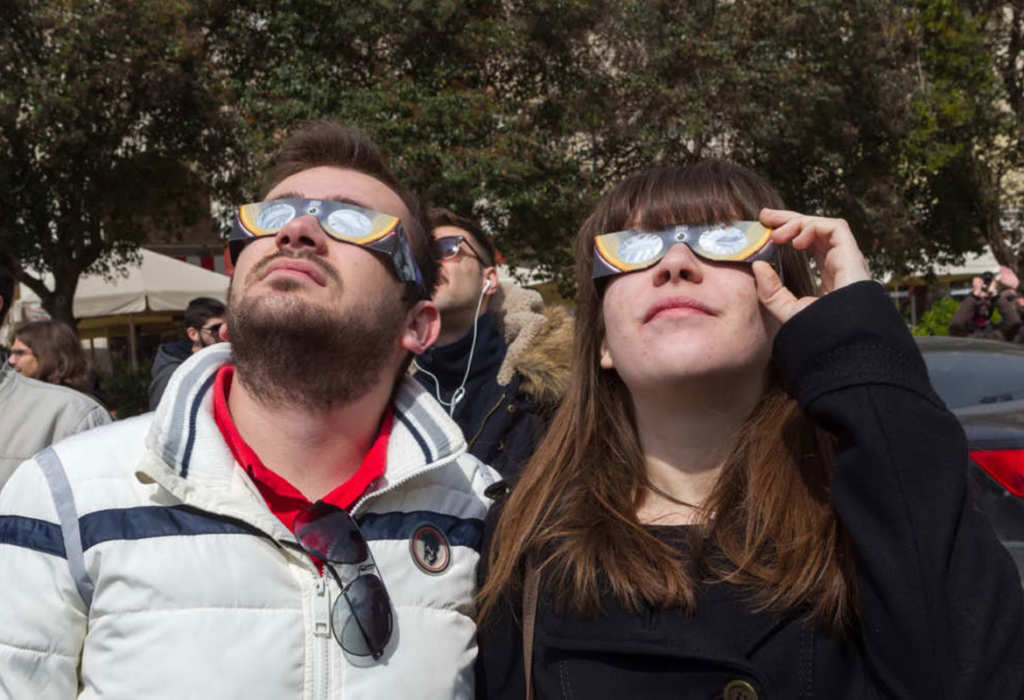FRANKFORT, Ky. (CLARKSVILLENOW) – Kentucky Emergency Management (KYEM) will activate the State Emergency Operations Center (SEOC) in Frankfort and a Regional Response Coordination Center (RRCC) in Hopkinsville, KY in support of the upcoming 2017 Solar Eclipse which will occur on Monday, August 21.
The SEOC, in conjunction with the RRCC, will activate on Saturday, August 19, at 8 a.m., to coordinate local, state, federal and private sector partner operations during the much-anticipated global event.
RELATED City and county officials prepare for solar eclipse
The RRCC will be staffed with local, state, federal and private sector partners who will track status reports from all critical infrastructure sectors in the region.
WHAT YOU NEED TO KNOW ABOUT THE SOLAR ECLIPSE
Officials remind citizens and visitors to make sure they are prepared for the upcoming event. Following is a list of safety procedures to follow:
1. Ensure you have an emergency kit for your family and car in case you are stranded
2. Pack plenty of water for high heat temperatures during events; drink plenty of fluids – increase your normal fluid intake regardless of your activity level
3. Wear appropriate clothing and sunscreen.
4. Apply an Environmental Protection Agency (EPA) registered insect repellent such as DEET, picardin, IR3535, oil of lemon eucalyptus or a para-methane-diol or 2-undecanone.
5. Be sure your hands clean to avoid sickness and spreading of germs – if soap and water are not available, use an alcohol-based hand sanitizer that contains at least 60% alcohol.
6. Ensure eclipse glasses or handheld solar viewers meet the International Organization for Standardization (ISO) 12312-2 international standard for eye and face protection products intended for direct observation of the sun (homemade filters or ordinary sunglasses, even very dark ones, are NOT safe for looking at the sun); telescopes with solar filters can be used – never look through a telescope without a solar filter on the large end of the scope – never use small solar filters that attach to the eyepiece as found on some older telescopes.
More information on the viewing the solar eclipse, visit http://eclipse2017.nasa.gov/safety.


